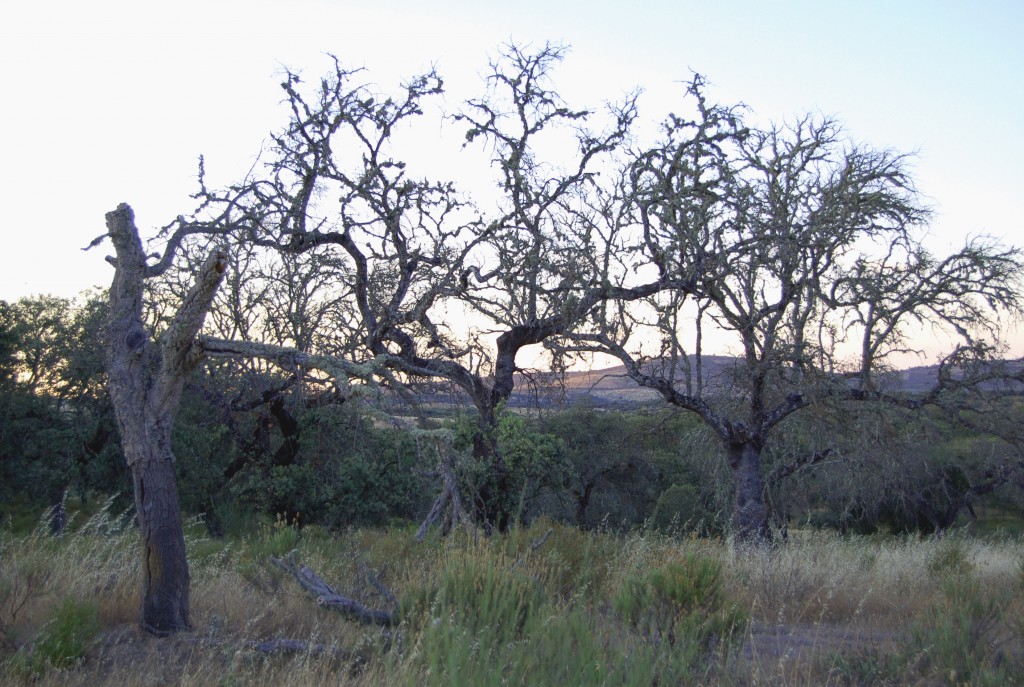The Seca is currently the phenomenon that puts the large Iberian forests of Quercus at greatest risk. Two forms of seca are detected, one that produces a sudden death of the tree in a few weeks and another that produces a slow decay whereby the peripheral branches dry out and the tree ends up drying out.
The process is complex and its origin is not clear, with fungi such as Diplodia sp. Hypoxilum mediterraneum and Phytophthora cinnamomi being involved. Climatic factors also seem to influence, and according to some authors an inappropriate management of the Quercus masses, in most cases it occurs more markedly in the pastures with cattle. For the moment there is no effective solution, taking into account the particularities of these very slow growing trees distributed in large masses, affecting hundreds of thousands of hectares in the Iberian Peninsula.



Comments are closed.